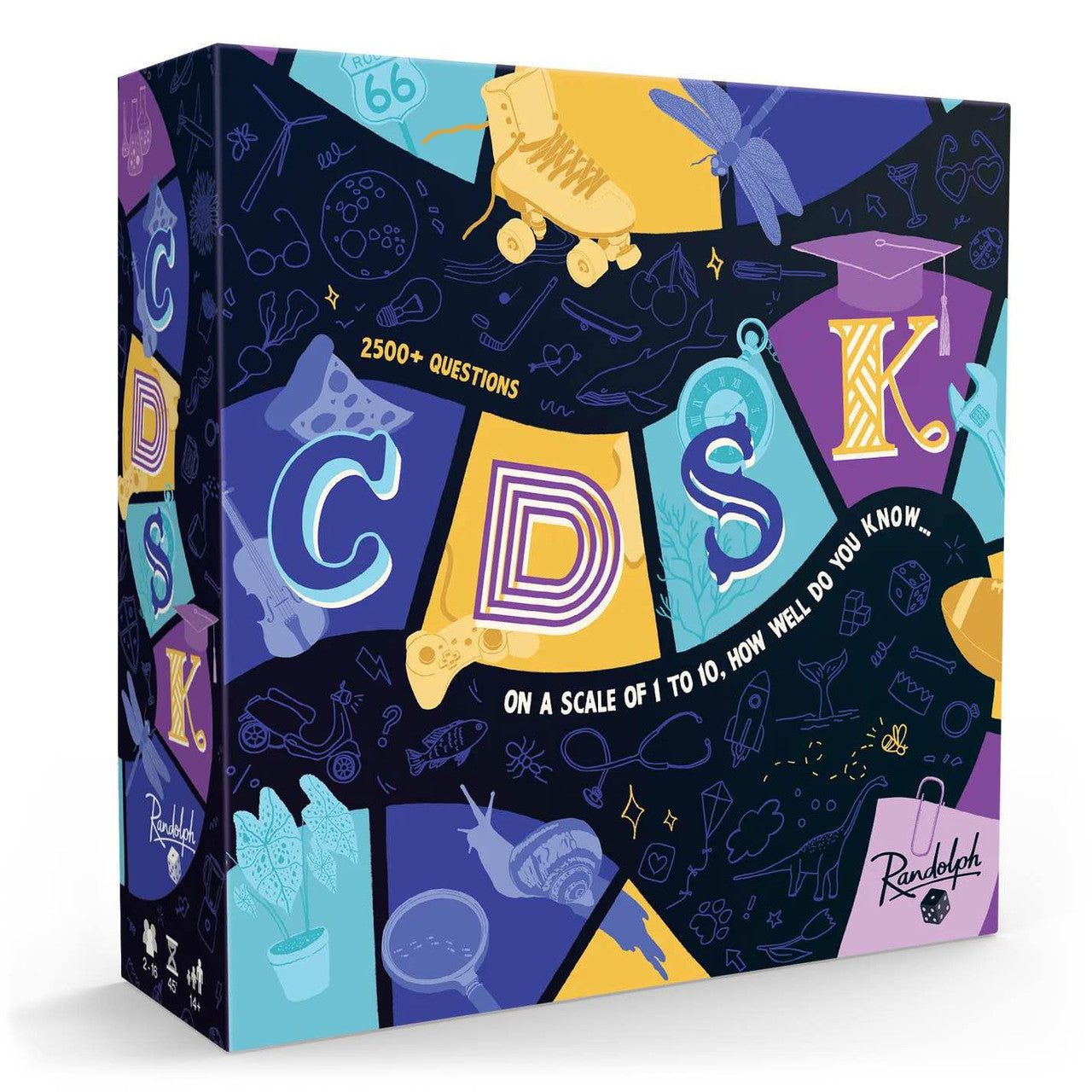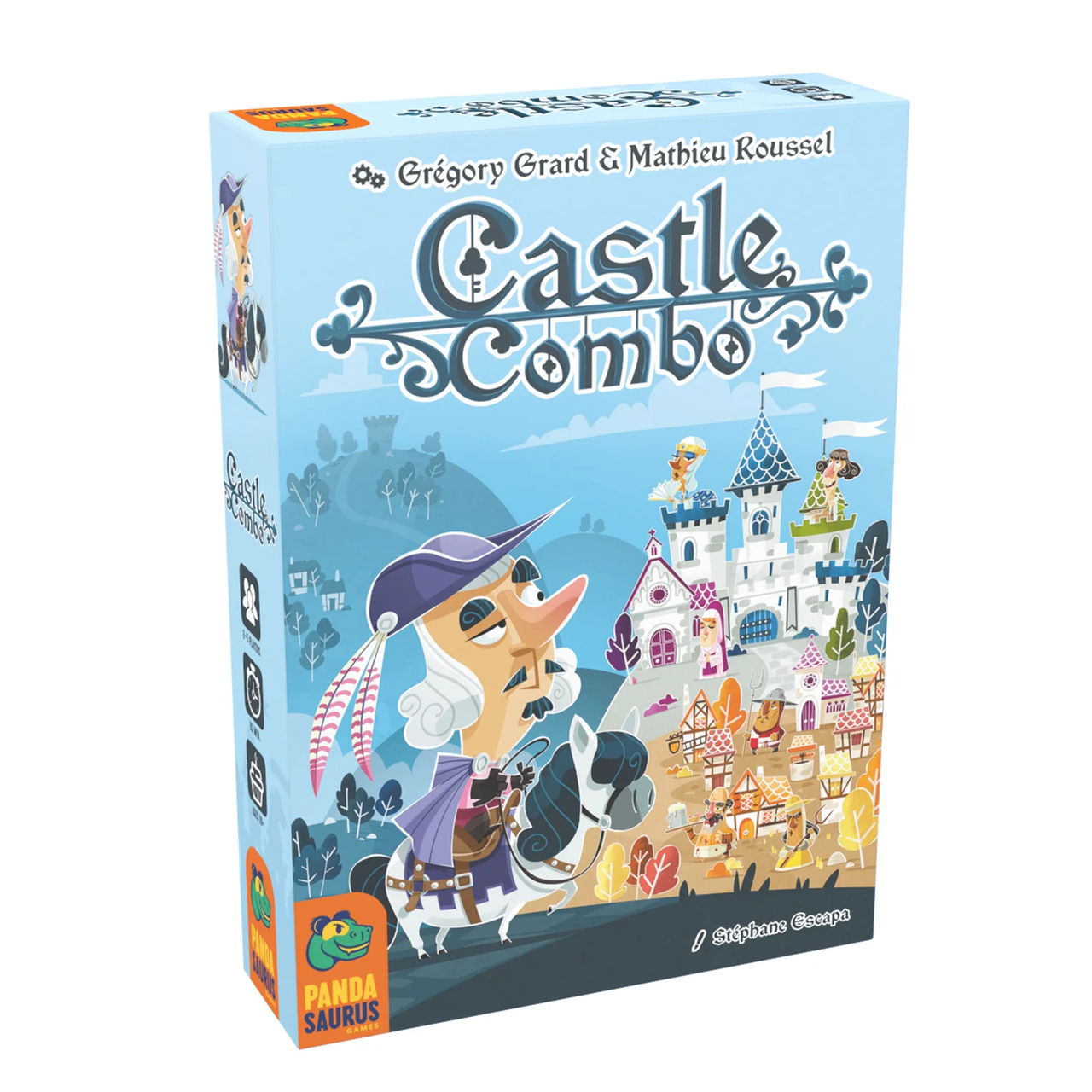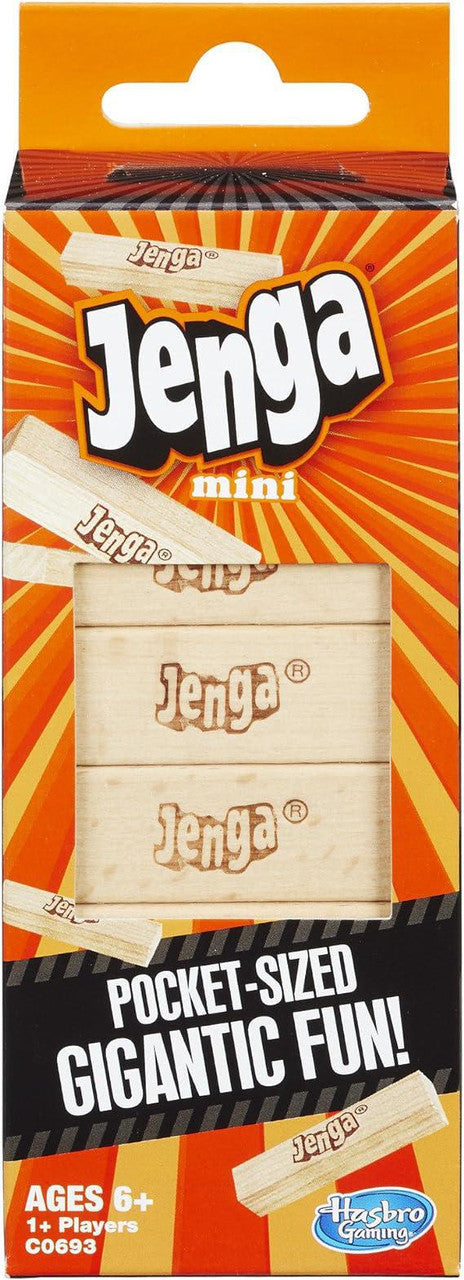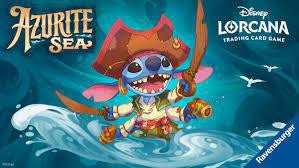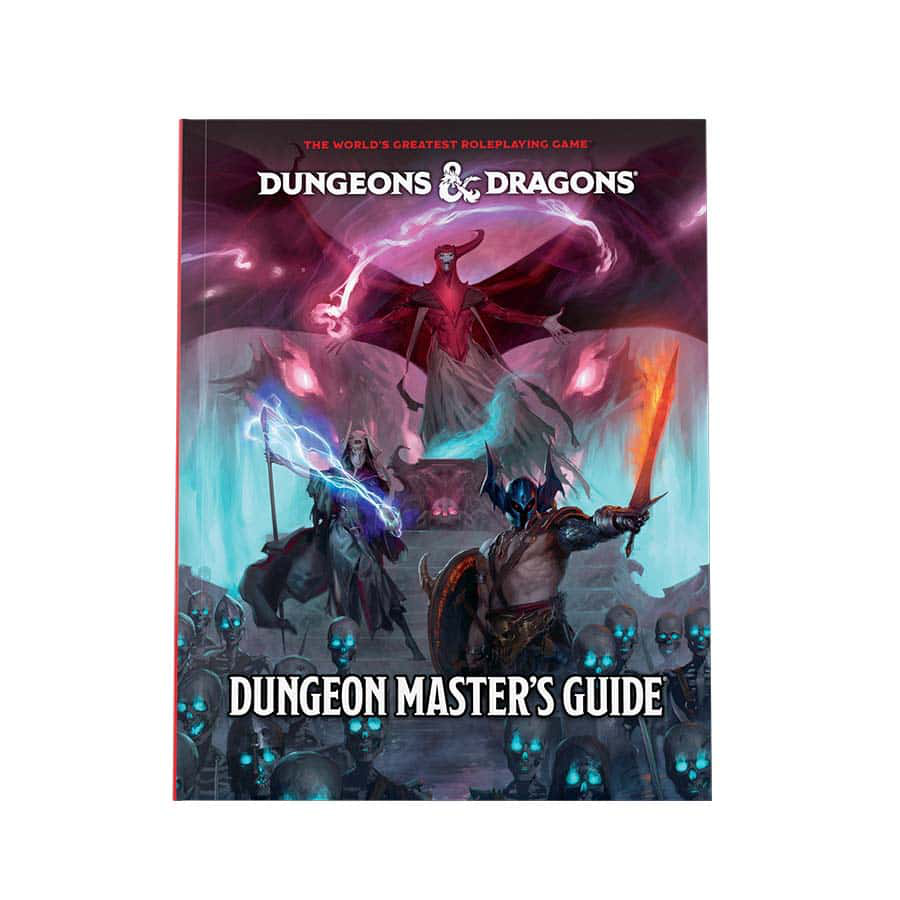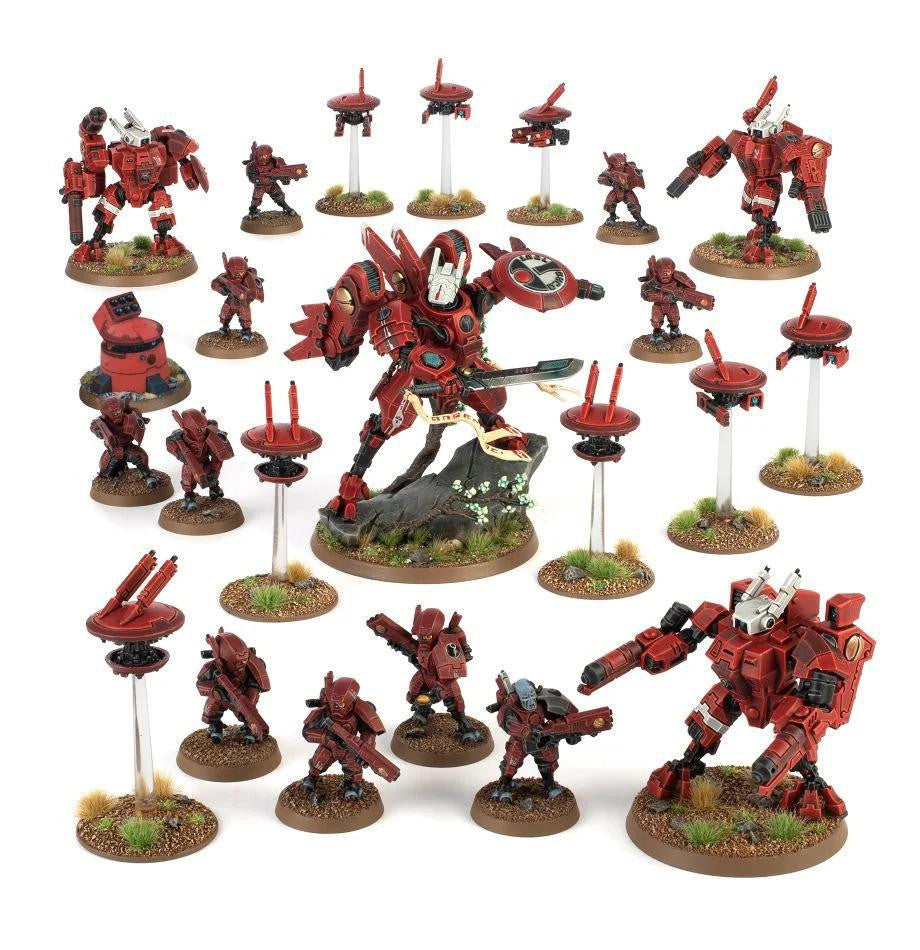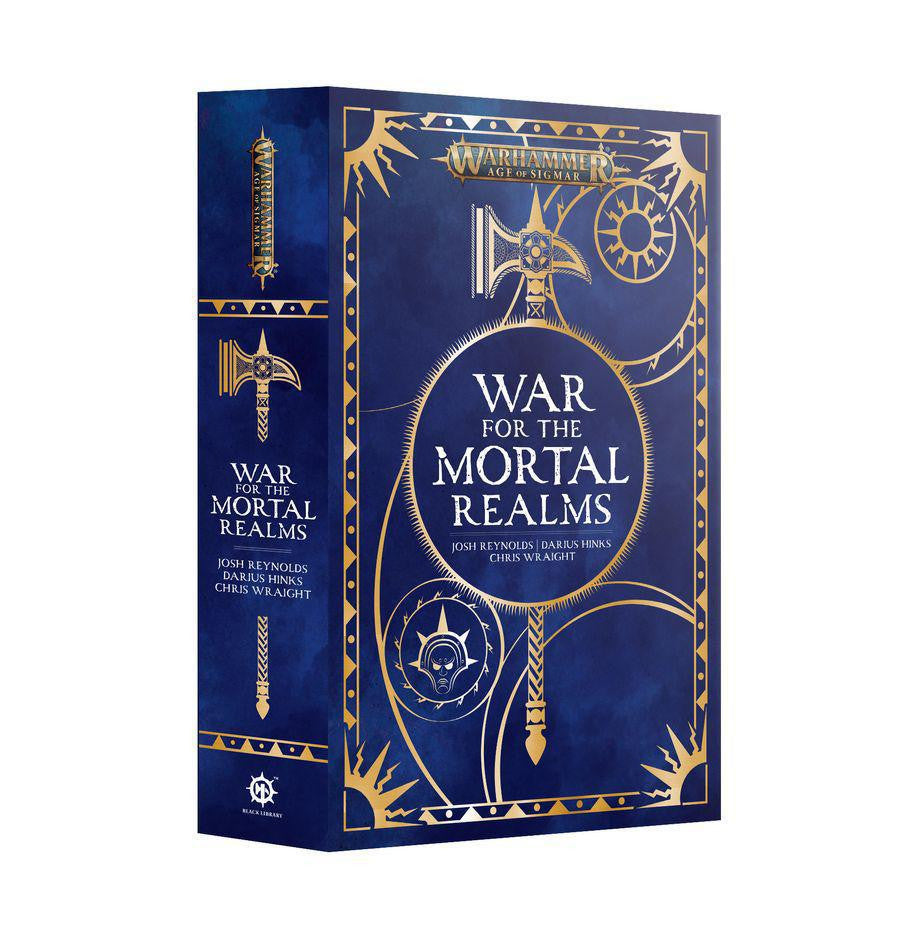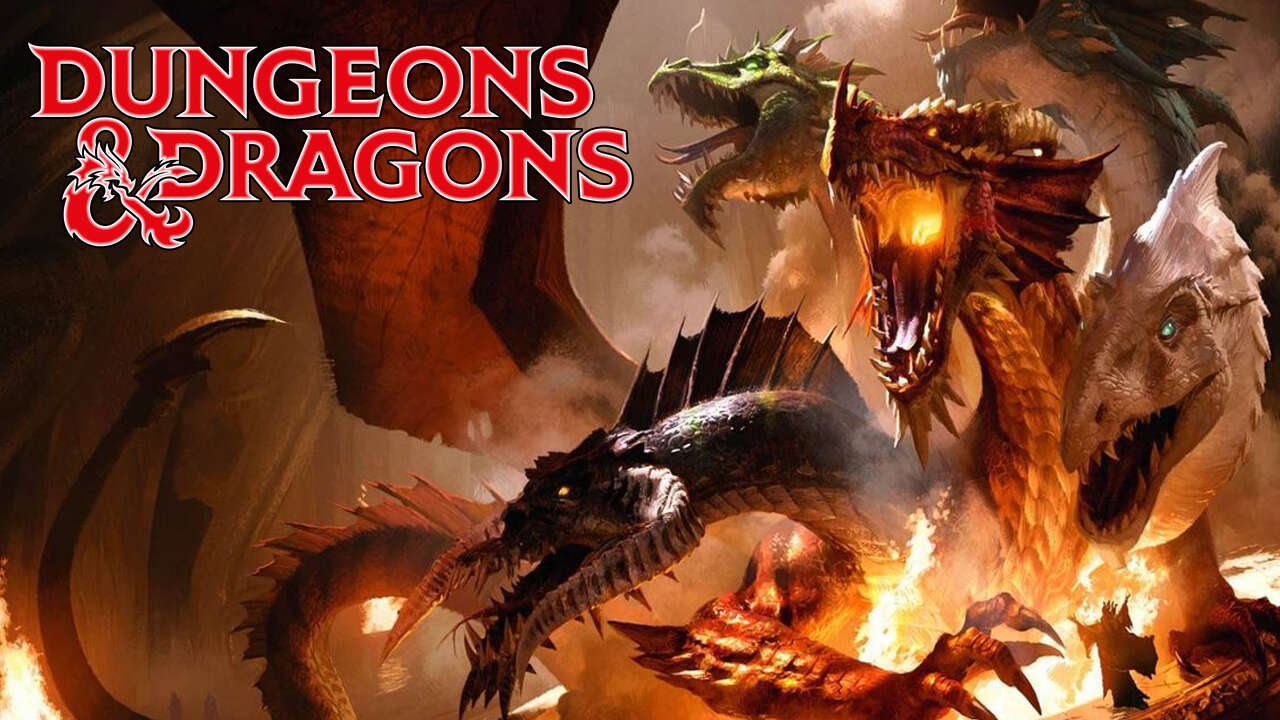What is Dungeons and Dragons (D&D)?
Dungeons and Dragons (D&D) is a tabletop role-playing game (RPG) that was first published in 1974. In D&D, players create characters and embark on adventures in a fantasy world filled with magic, mythical creatures, and danger.
D&D was created by Gary Gygax and Dave Arneson and was first published by Tactical Studies Rules (TSR) in 1974. Since then, it has become one of the most popular and well-known tabletop RPGs in the world, with millions of players and fans.
D&D has become popular for a number of reasons, including:
- Immersive World: D&D provides players with a rich and immersive world filled with magic, mythical creatures, and danger.
- Freedom of Choice: In D&D, players have the freedom to make choices and take their characters in any direction they choose.
- Social Interaction: D&D is a social game that encourages players to work together and communicate with each other.
- Storytelling: D&D is a great way to tell stories and share experiences with friends.
Whether you're a seasoned veteran or a newcomer to tabletop RPGs, D&D is a great game to play and enjoy.
Understanding the Basics of D&D
In a D&D game, there are two main roles: the Dungeon Master (DM) and the players. The DM is responsible for running the game and controlling the world, while the players control their individual characters.
D&D uses a variety of dice to determine the outcome of events in the game. The most commonly used dice include:
- 4-sided dice (d4)
- 6-sided dice (d6)
- 8-sided dice (d8)
- 10-sided dice (d10)
- 12-sided dice (d12)
- 20-sided dice (d20)
Creating a character in D&D is an important part of the game. Players can choose their character's race, class, abilities, and personality. As the character progresses through the game, they can level up and gain new abilities, skills, and equipment.
Gathering Your Group and Supplies
Finding other players to join your D&D group can be as simple as reaching out to friends and family, or as involved as joining an online community or local gaming club. Social media, meetup groups, and forums dedicated to tabletop gaming are also great places to find potential players.
Creating a comfortable and fun environment is key to enjoying a D&D game. Consider the following when setting up your gaming area:
- Comfort: Provide seating and lighting that is comfortable for everyone.
- Snacks and Beverages: Having snacks and drinks on hand can help keep players focused and happy.
- Distractions: Minimize distractions, such as loud noises or bright lights, to keep players fully engaged in the game.
Supplies Needed for a D&D Game
The basic supplies needed for a D&D game include:
- Dice: A set of polyhedral dice is required for play, including at least one 4-sided die, one 6-sided die, one 8-sided die, one 10-sided die, one 12-sided die, and one 20-sided die.
- Character Sheets: These sheets are used to keep track of your character's abilities, skills, and equipment.
- Rulebooks: The Player's Handbook and the Monster Manual are the two primary rulebooks for D&D.
- Miniatures: While not strictly necessary, miniatures can help bring your characters to life on the battlefield.
- Maps and Terrain: A battle grid and terrain pieces can help you visualize the battlefield and keep track of movement.
Playing Your First Game of Dungeons and Dragons
Starting a game of D&D is as simple as gathering your group and supplies, creating your characters, and following the rules set by the Dungeon Master.
In a game of D&D, players will perform a variety of actions, including:
- Rolling Dice: Dice rolls are used to determine the outcome of many in-game actions, such as attacks, skill checks, and saving throws.
- Roleplaying: Players will roleplay their characters, acting out their actions and decisions in the game world.
- Combat: Players will engage in combat with monsters and other enemies, using dice rolls and the rules in the Monster Manual to resolve battles.
Tips for a Fun and Successful First Game
To have a fun and successful first game of D&D, consider the following tips:
- Communicate: Good communication between players is key to a successful game. Make sure everyone understands the rules and the goals of the game.
- Be Open-Minded: D&D is a game of imagination and creativity. Be open-minded and willing to try new things.
- Have Fun: Above all, remember that D&D is a game and the most important thing is to have fun! Don't take things too seriously and enjoy the experience.
In this article, we've gone over the basics of what Dungeons and Dragons is, the different roles in the game, the supplies you'll need, and tips for having a successful first game. Whether you're new to roleplaying games or a seasoned veteran, D&D is a fun and exciting adventure waiting for you.
D&D is a game with endless possibilities, and the more you play, the more you'll discover about the world of adventure and imagination. Don't be afraid to make mistakes or try new things, as this is all part of the learning and growth process.
If you're looking for a place to find D&D supplies, books, and other resources, Gamelandia in Palo Alto is your one-stop shop. With a friendly and knowledgeable staff, Gamelandia is also a great place to connect with other players and form a group for your next adventure. So come visit us and let's start your journey in the world of Dungeons and Dragons!







